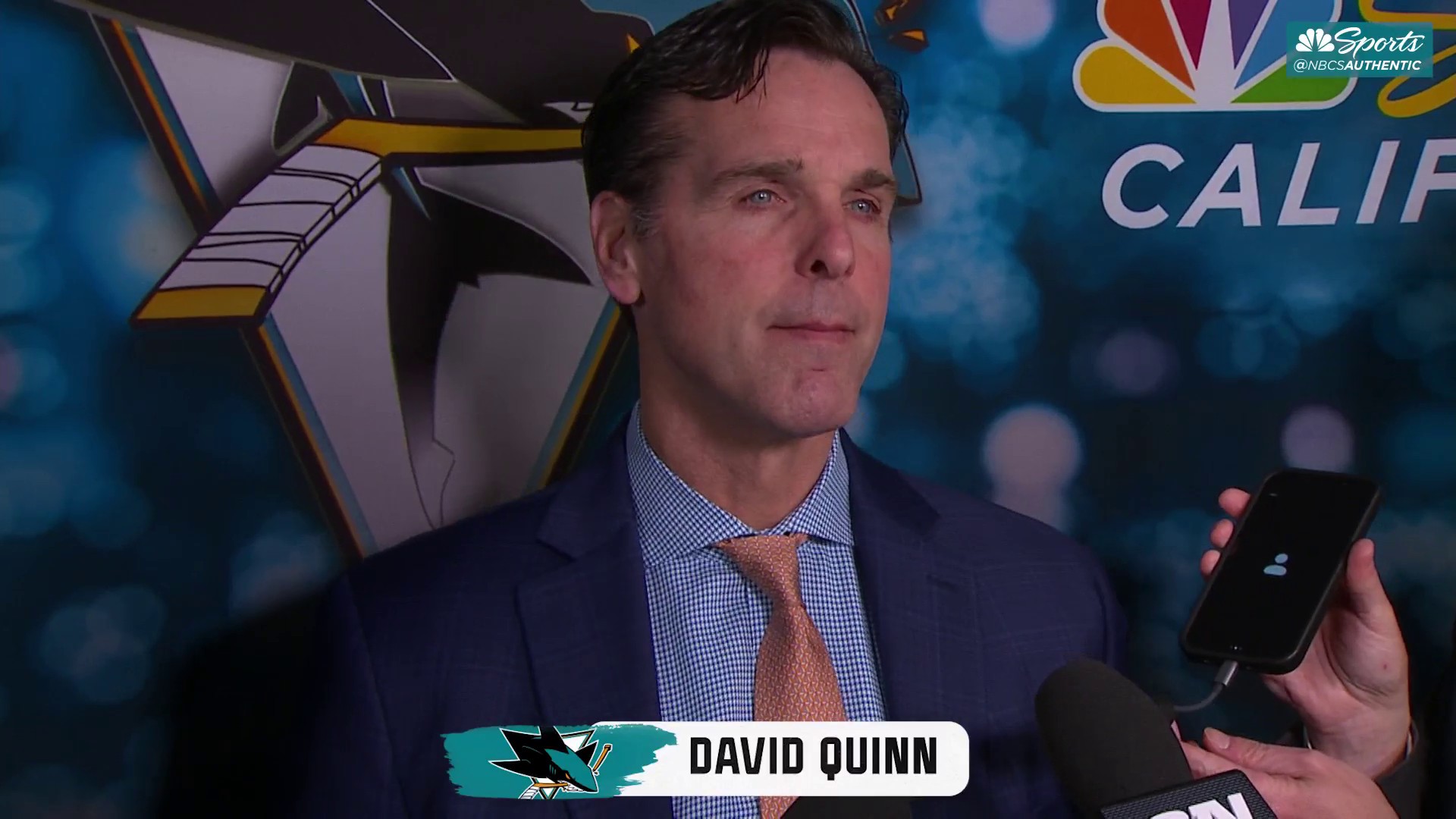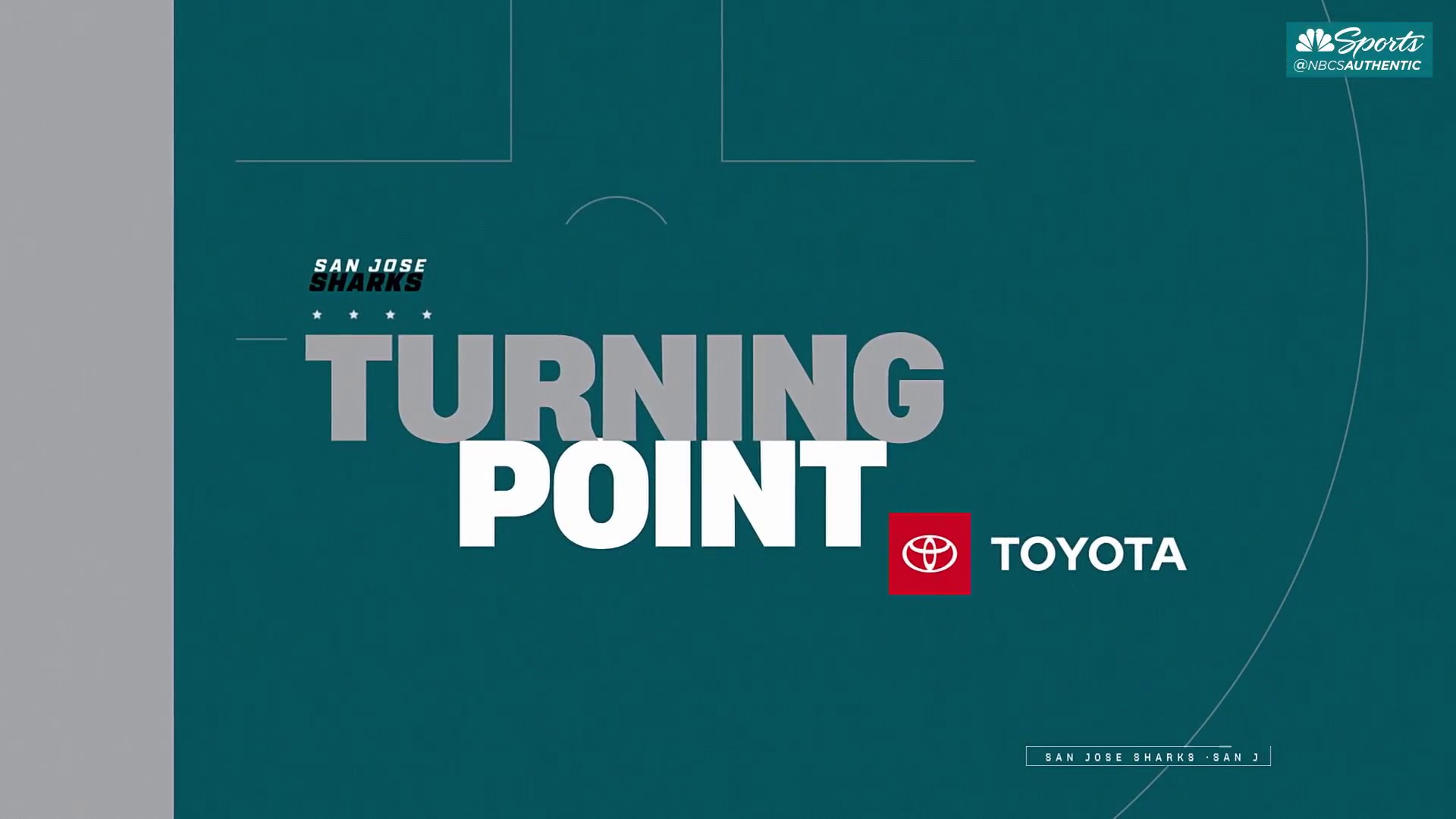
A look at how the Sharks and Oilers match up against one another, headed into their first round series of the Stanley Cup Playoffs.
Forwards
San Jose: The Sharks were led up front by Joe Pavelski, who posted 29 goals (tied with Brent Burns for the team lead) and 68 points (second behind Burns). But even the captain saw a drop in production from last season by 10 points, which was a theme up and down the Sharks’ lineup. In terms of top scorers, Joe Thornton – whose status remains in question – went from a point-per-game player in 2015-16 to just 50 points in 79 games this season. Depth forwards like Mikkel Boedker, Joonas Donskoi and Joel Ward also failed to meet expectations, and whether the oft-injured Tomas Hertl can play center on an everyday basis is still yet to be determined. Jannik Hansen was a nice addition at the trade deadline.
Stay in the game with the latest updates on your beloved Bay Area and California sports teams! Sign up here for our All Access Daily newsletter.
Edmonton: Connor McDavid, the Hart Trophy favorite as league MVP, finished at the top of the NHL’s scoring list with 100 points. His line, with Leon Draisaitl (77 points) and Patrick Maroon (27 goals) is the Oilers’ most lethal. Although trade deadline acquisition David Desharnais helped to balance out Edmonton’s attack, this is still a top-heavy offense. If the McDavid line can be held in check, the Oilers could struggle.
Advantage: Edmonton. Keeping McDavid and his linemates at bay is much easier said than done, and even if Thornton and Logan Couture return, the Oilers – ranked eighth in the NHL with 2.96 goals-per game – have a more dangerous offense thanks to the league's best player.
Defensemen
San Jose: Despite some late-season struggles the Sharks finished fifth in the NHL with a 2.44 goals-against average. Burns (76 points) will almost certainly win the Norris Trophy, after becoming the first defenseman to have back-to-back 75-point seasons since Brian Leetch in 1995-96 and 1996-97. He also led the team with a plus-19 rating. The key for San Jose might be Marc-Edouard Vlasic, who was so valuable in shutting down the opposition’s best players through the first three rounds last year, but didn’t look like himself over the final couple months.
San Jose Sharks
Edmonton: Thought to be a weakness in October, Edmonton’s defense seemed to get better and better as the year went on. The top defense pair features breakout blueliner Oscar Klefbom and partner Adam Larsson, who was acquired in the offseason for Taylor Hall and had a team-leading plus-21 rating.
Advantage: San Jose. The Oilers don’t have a weapon like Burns, and the Sharks are simply deeper one-through-six, including the third pair of David Schlemko and Brenden Dillon.
Goaltending
San Jose: Other than Burns, and despite a so-so save percentage of .912, goalie Martin Jones might have been the Sharks’ most valuable player. Early in games, especially, Jones often had to make some Grade A saves while his team got its legs going. Aaron Dell greatly exceeded expectations in his first season in the NHL as Jones’ backup, too.
Edmonton: No goalie played more than the Oilers’ Cam Talbot, who appeared in 73 games, finished tied for the NHL lead with 42 wins, and posted a 2.39 goals-against average and .919 save percentage. He has just two career games of experience in the playoffs, though, coming on in relief for Henrik Lundqvist twice in 2014 with the Rangers.
Advantage: San Jose. Talbot’s numbers are slightly better, but Jones has shown he has an ability to steal games in the playoffs after helping the Sharks advance to the Stanley Cup Final last season. The Oilers have run the risk of tiring out Talbot, and their backup situation with Laurent Brossoit is also more precarious than San Jose’s.
Special Teams
San Jose: Nothing frustrated Sharks fans more this season than the team’s 25th-ranked power play (as well as the coaching staff’s unwillingness to at least try different units). The penalty kill finished 18th in the league at 80.7 percent.
Edmonton: The Oilers’ penalty kill percentage of 80.7 was identical to San Jose’s, but their power play was much better, finishing fifth in the NHL (22.9 percent) including 12 goals from big Milan Lucic.
Advantage: Edmonton. There’s no reason to think that the Sharks’ power play will suddenly catch fire, especially considering Couture led the way with 11 power play goals. On the penalty kill, the Sharks might not have enough big bodies to prevent Lucic from setting up in front of the net. The Sharks will likely have to keep the series mostly at even strength if they’re going to have a chance.
Health and energy
San Jose: Monday’s practice was encouraging for the Sharks as Thornton and Couture were able to skate, although Thornton was only on the ice for approximately 30 minutes. There’s still no indication if either will be ready for Game 1. As for overall energy, the Sharks looked gassed over their final few weeks, perhaps feeling the effects of their long run last season combined with the World Cup in the September and the condensed NHL schedule.
Edmonton: The only injured player for the Oilers is forward Tyler Pitlick, who suffered an ACL injury just before Christmas. He had 11 points (8g, 3a) in 31 games before coming out. Other than that, Edmonton appears healthy.
Advantage: Edmonton. Even if Thornton and Couture are good to go for Game 1, it’s pretty evident that neither will be at 100 percent. The Oilers are coming in without any major injuries, and they finished the season on a hot streak, with eight wins in their last nine games – evidence that their younger and healthier bodies may just be getting going.


